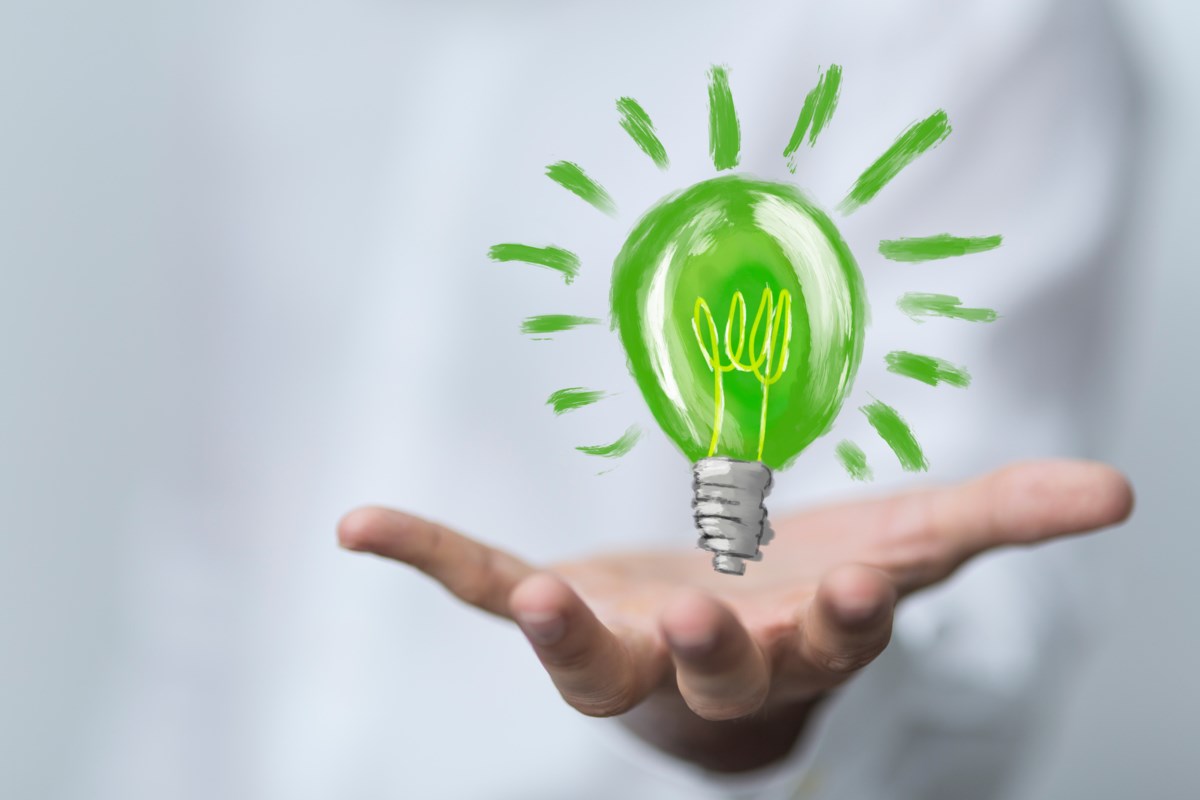Closing the gap on clean energy for Orillia: Part 2
Closing the gap on clean energy for Orillia: Part 2 OrilliaMatters


The Future of Clean Energy in Orillia: A Report by Sustainable Orillia

The following is the second of a two-part series from Sustainable Orillia on their recent report to city council as it looks to the future in a climate change constrained environment. Click here to read Part 1.
Introduction
Sustainable Orillia (SO), through its Infrastructure and Energy sector, presented a report to the Orillia City Council on Sept. 11. The report, prepared by SO’s volunteers after months of research, aimed to provide an overview of alternative sources of clean energy that can be developed locally. The goal is to ensure that the city meets its future energy needs while transitioning from fossil fuels to an emission-free, all-electric economy.
Meeting the Energy Needs
To replace all fossil-fuel generation and meet the energy needs of the community, an estimated additional 62 MW of energy is required. This represents a 300% increase from the current generation capacity of Orillia Power Generation Corporation (OPGC).
One potential solution is the establishment of one or more community energy corporations, involving individuals and businesses, to generate renewable electrical power. This transition needs to begin immediately, aligning with the City of Orillia’s climate change report (Orillia’s Climate Future).
Alternative Energy Sources
1. Hydroelectric Power: Hydroelectric power has been a major energy source for Orillia for over 100 years. New turbine technology may allow for further generation from rivers in the area, as well as from Niagara.
2. Hydrogen: SO initiated a discussion on the potential for Orillia to become a “hydrogen hub” with the establishment of a hydrogen production facility. Orillia’s clean hydro-electricity and water sources make it viable for generating hydrogen as a clean fuel.
3. Rooftop Solar: Individuals, families, and local businesses can adopt rooftop solar panels to provide renewable energy to the community and potentially generate revenue.
4. Ground-Mounted Solar: Large-scale solar farms can generate low-cost electricity, even cheaper than coal generation in some cases.
5. Large Scale Wind Turbines: Large-scale wind turbines provide low-cost electricity and are a proven, efficient technology.
6. Micro Wind Turbines: Advances in technology have made micro wind turbines efficient, less visible, and viable for residential rooftops.
7. Distributed Generation: Various technologies, including rooftop solar and micro wind turbines, can be combined to create community energy systems with shared energy storage.
8. Small Modular Nuclear Reactors: Small modular nuclear reactors are being explored as a potential energy source.
9. Geothermal: Geothermal energy is already being used worldwide and could be an efficient source of heat energy for new developments.
10. Biogas: Biogas can be produced from organic waste and used as a renewable energy source.
11. Heat Exchange Systems: Heat exchange systems can capture waste heat and use it for other purposes.
12. Energy Storage: Energy storage systems, such as large batteries, can store excess energy generated from renewable sources for later use.
Conclusion
The technology to transition from fossil fuels to clean energy generation in Orillia already exists and is rapidly developing. The City of Orillia is committed to starting the change process, and individuals, families, and businesses are encouraged to join in this transition. By embracing clean energy alternatives, Orillia can meet its future energy needs while contributing to the achievement of the Sustainable Development Goals (SDGs).
To access the full report, click here.
SDGs, Targets, and Indicators
1. Which SDGs are addressed or connected to the issues highlighted in the article?
- SDG 7: Affordable and Clean Energy
- SDG 9: Industry, Innovation, and Infrastructure
- SDG 11: Sustainable Cities and Communities
- SDG 13: Climate Action
2. What specific targets under those SDGs can be identified based on the article’s content?
- SDG 7.2: Increase substantially the share of renewable energy in the global energy mix.
- SDG 7.3: Double the global rate of improvement in energy efficiency.
- SDG 9.4: Upgrade infrastructure and retrofit industries to make them sustainable.
- SDG 11.6: Reduce the adverse per capita environmental impact of cities.
- SDG 13.2: Integrate climate change measures into national policies, strategies, and planning.
3. Are there any indicators mentioned or implied in the article that can be used to measure progress towards the identified targets?
Yes, there are indicators mentioned in the article that can be used to measure progress towards the identified targets. Some of these indicators include:
- Increased share of renewable energy in the energy mix.
- Improvement in energy efficiency rates.
- Upgrade of infrastructure and retrofitting of industries for sustainability.
- Reduction in per capita environmental impact of cities.
- Integration of climate change measures into national policies and planning.
Table: SDGs, Targets, and Indicators
| SDGs | Targets | Indicators |
|---|---|---|
| SDG 7: Affordable and Clean Energy | 7.2: Increase substantially the share of renewable energy in the global energy mix. | – Increased share of renewable energy in the energy mix. |
| SDG 9: Industry, Innovation, and Infrastructure | 9.4: Upgrade infrastructure and retrofit industries to make them sustainable. | – Upgrade of infrastructure and retrofitting of industries for sustainability. |
| 9.5: Enhance scientific research, upgrade the technological capabilities of industrial sectors in all countries. | – Technological advancements in clean energy generation and storage technologies. | |
| SDG 11: Sustainable Cities and Communities | 11.6: Reduce the adverse per capita environmental impact of cities. | – Reduction in per capita environmental impact of cities. |
| SDG 13: Climate Action | 13.2: Integrate climate change measures into national policies, strategies, and planning. | – Integration of climate change measures into national policies and planning. |
Behold! This splendid article springs forth from the wellspring of knowledge, shaped by a wondrous proprietary AI technology that delved into a vast ocean of data, illuminating the path towards the Sustainable Development Goals. Remember that all rights are reserved by SDG Investors LLC, empowering us to champion progress together.
Source: orilliamatters.com

Join us, as fellow seekers of change, on a transformative journey at https://sdgtalks.ai/welcome, where you can become a member and actively contribute to shaping a brighter future.







